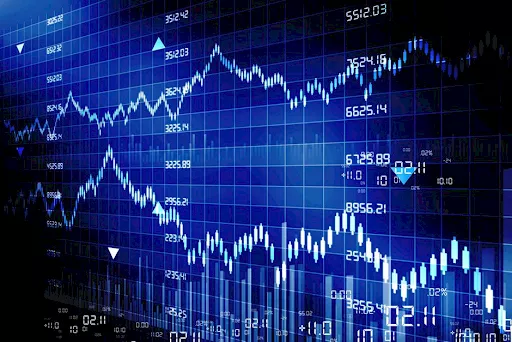Resources
Conflicting signals in the U.S. - Time for caution?
Promoted by ETF Securities

ETF Securities looks at the outlook in the U.S. for monetary policy, the economy and the dollar. Highlighted in this article are two funds that can be used in different ways to play the U.S. story; ZYUS and ZUSD.
Conflicting signals in the U.S. - Time for caution?
Promoted by ETF Securities

ETF Securities looks at the outlook in the U.S. for monetary policy, the economy and the dollar. Highlighted in this article are two funds that can be used in different ways to play the U.S. story; ZYUS and ZUSD.


In this week’s ETFS Trade idea, we look at the outlook in the U.S. for monetary policy, the economy and the dollar. We highlight two funds that can be used in different ways to play the U.S. story; ZYUS and ZUSD.
Rate rises on the horizon…
Market expectations for multiple rate rises from the U.S. Federal Reserve in the remainder of 2018 have firmed in recent weeks. The economy is still in expansionary territory, though inflationary concerns are becoming more pertinent. US Core CPI rose to 2.1% in March, its highest level in over a year, while March PPI numbers also exceeded expectations. The Fed Beige Book reported strong economic activity, but showed significant business concerns around Trump’s planned steel and aluminium tariffs.

Figure 1 below shows the current probabilities the futures market is implying for Fed activity for the remainder of 2018, with two further hikes narrowly the most likely outcome

...but longer-term growth concerns are becoming more pronounced.
While short-term yields have been rising, the yield curve has seen a substantial flattening, with the difference between 2-year and 10-year Treasury yields at their lowest since late-2007 (see Figure 2). Speculation of a curve inversion is starting to emerge. Historically this would indicate that the peak of the current rate cycle is
approaching and present a subdued outlook for growth.
U.S. dollar weakness continues…
Despite rising short-term rates, the U.S. dollar has been in a steady down-trend since early 2017, as shown in Figure 2. This can be partly attributed to President Trump’s rhetoric regarding trade and towards China, but also to a gradual unwinding of GFC-era flight-to-safety trades.
…but political risks could be a catalyst
With the impositions of tariffs and a potential trade with China, military action in Syria, sanctions against Russia and talks with North Korea on the horizon and February’s equity market volatility still fresh in the memory, there is no shortage of event risk candidates looming. With external events and any evidence of longer-term U.S. economic strength both likely to have a positive impact on the dollar, it appears that near-term risks may lie to the upside.
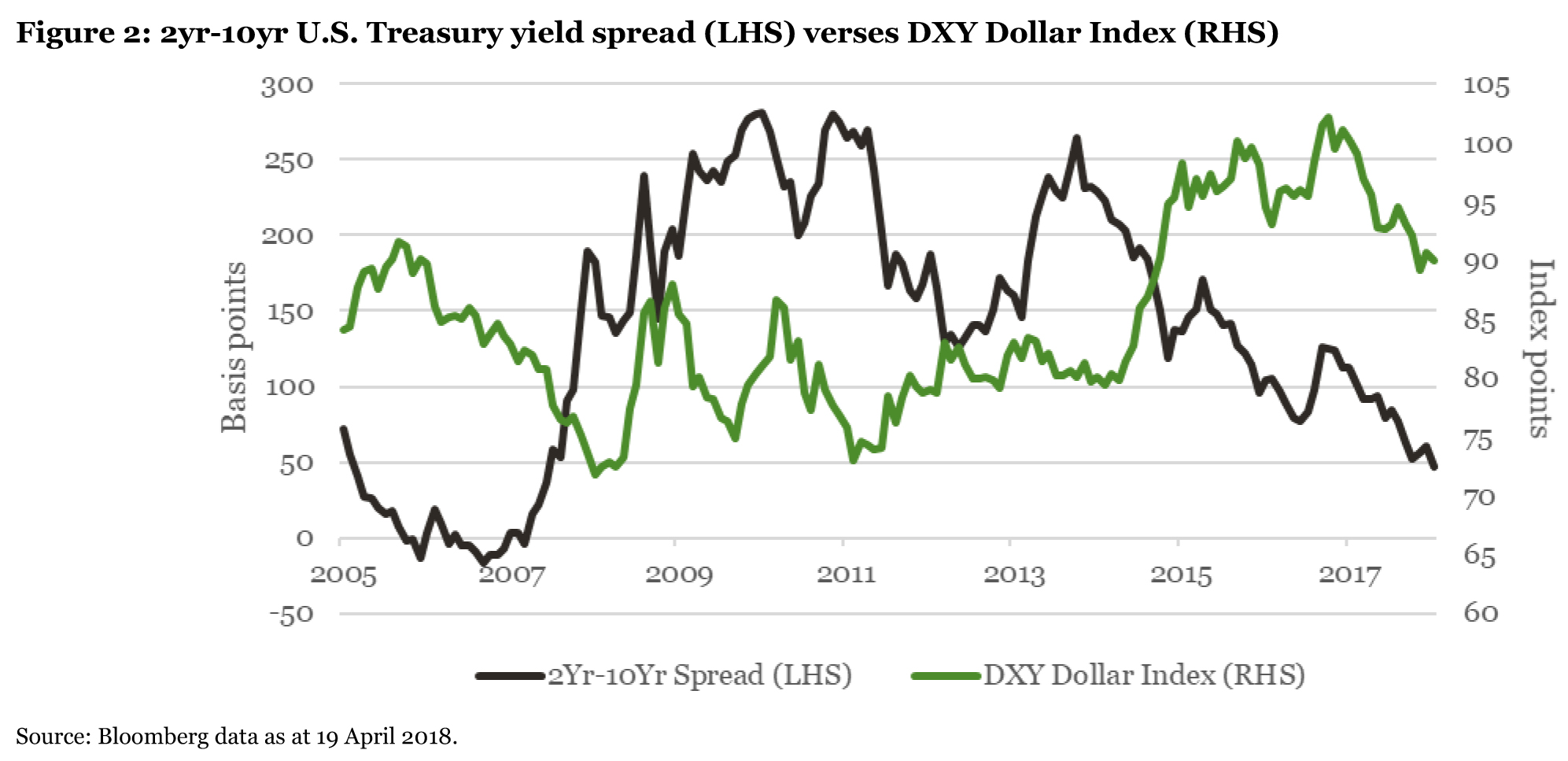
Why ZYUS?
ZYUS invests in U.S. stocks from the S&P 500 screened for both high yield and low volatility. As such, the fund tends to be overweight defensive sectors like utilities and real estate and underweight more volatile sectors like technology and financials. The S&P 500 Low Volatility High Dividend Index, which ZYUS tracks, has outperformed the S&P 500 by over 3.6% per annum over the past 10 years and has outperformed on a monthly-basis in over 70% of months during which the S&P 500 has posted a negative return.
After underperforming the S&P 500 by over 9.5% in 2017, mainly due to its underweight to technology, ZYUS has recently picked up. Outperformance in March 2018 was over 3% as volatility hit the tech sector and risk-aversion appeared.
ZYUS should be considered by investors wanting to maintain U.S. equity exposure, but take a more cautious view on growth and the landscape ahead.
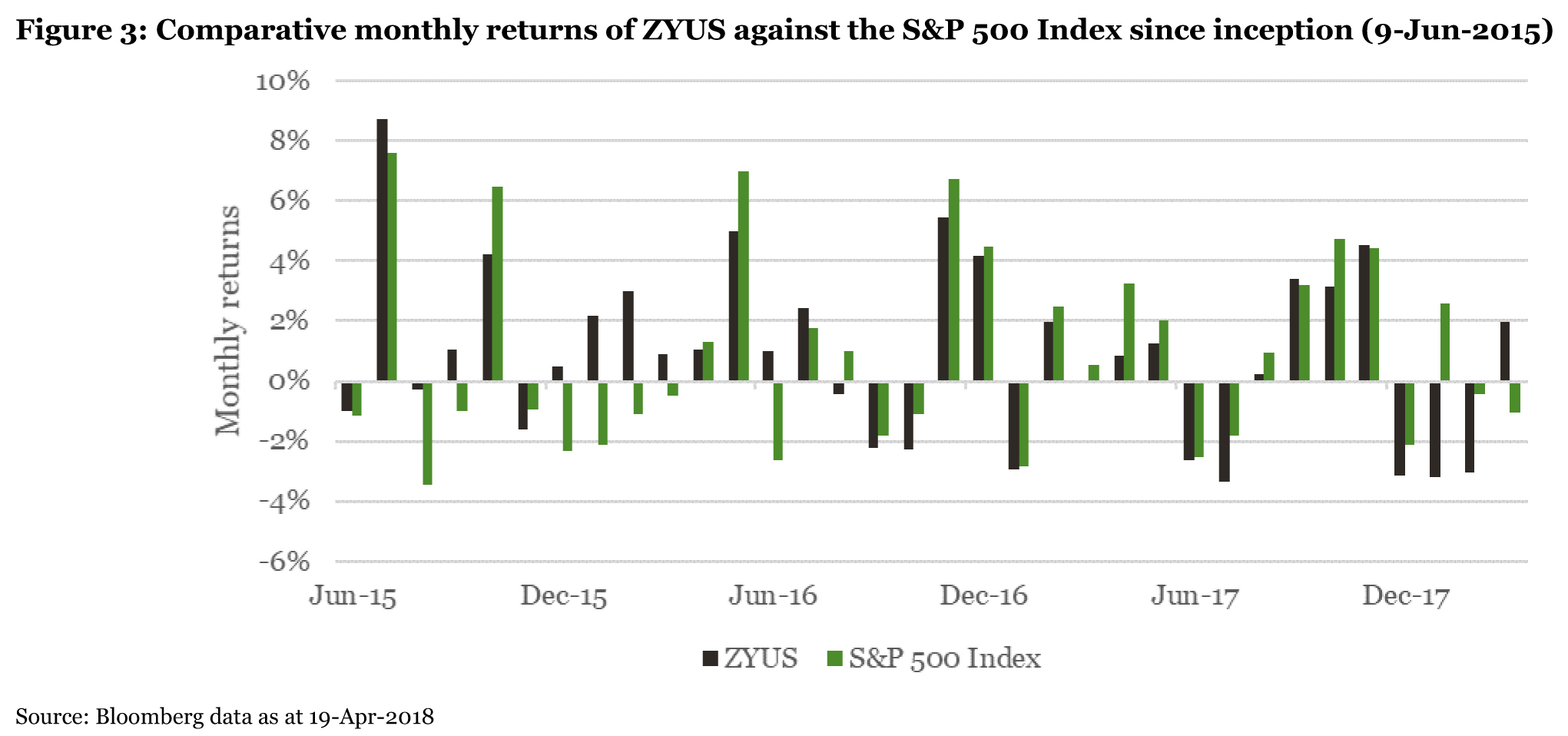
Why ZUSD?
Investors looking for pure exposure to the U.S. dollar strengthening against the Australian dollar without taking on any equity risk may consider ZUSD, which tracks the exchange rate by investing in short-term USD deposits.
How ZYUS invests
ETFS S&P 500 High Yield Low Volatility ETF (ZYUS) is well positioned for investors for the following reasons:
- ZYUS captures the performance of a selection of 50 high yielding U.S shares selected from the S&P 500 Index and rebalanced twice annually.
- ZYUS initially screens stocks based on dividend yield, reducing the 500 stocks down to 75.
- ZYUS then selects the 50 stocks with the lowest volatility for inclusion and weights them according to their dividend yield.
- ZYUS has an MER of 0.35% p.a.
- ZYUS has a Recommended rating by Lonsec.
ETFS S&P 500 High Yield Low Volatility ETF factsheet
How ZUSD invests
ETFS Physical U.S. Dollar ETF (ZUSD) is well positioned for investors for the following reasons:
- ZUSD captures the performance of the U.S. dollar against the Australian dollar, by investing all of its assets in U.S. dollar bank deposits.
- ZUSD currently holds overnight USD deposits with Australia and New Zealand Banking Group Limited (ANZ), earning interest at 1.30% p.a.
- ZUSD has an MER of 0.30% p.a., making it the lowest cost U.S. dollar exposure available on the ASX.
- ZUSD has a Recommended rating by Lonsec.
ETFS Physical U.S Dollar ETF factsheet
GET MORE INFORMATION
To sign up for future ETFS Trade ideas, email
To find out more about ETF Securities products, visit www.etfsecurities.com.au
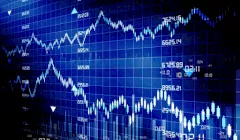
Sponsored features
Dissecting the Complexities of Cash Indices Regulations: An In-Depth Analysis
Introduction In recent years, the world of finance has seen a surge of interest in cash indices trading as investors seek potential returns in various markets. This development has brought increased ...Read more

Sponsored features
The Best Ways to Find the Right Trading Platform
Promoted by Animus Webs Read more

Sponsored features
How the increase in SMSF members benefits business owners
Promoted by ThinkTank Read more

Sponsored features
Thinktank’s evolution in residential lending and inaugural RMBS transaction
Promoted by Thinktank When Thinktank, a specialist commercial and residential property lender, recently closed its first residential mortgage-backed securitisation (RMBS) issue for $500 million, it ...Read more

Sponsored features
Investors tap into cyber space to grow their wealth
Promoted by Citi Group Combined, our daily spending adds up to opportunities for investors on a global scale. Read more
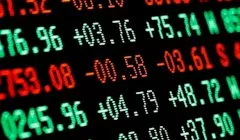
Sponsored features
Ecommerce boom as world adjusts to pandemic driven trends
Promoted by Citi Group COVID-19 has accelerated the use of technologies that help keep us connected, creating a virtual supply chain and expanded digital universe for investors. Read more

Sponsored features
Industrial property – the silver lining in the retail cloud
Promoted by ThinkTank Read more

Sponsored features
Why the non-bank sector appeals to SMSFs
Promoted by Think Tank Read more

Sponsored features
Dissecting the Complexities of Cash Indices Regulations: An In-Depth Analysis
Introduction In recent years, the world of finance has seen a surge of interest in cash indices trading as investors seek potential returns in various markets. This development has brought increased ...Read more

Sponsored features
The Best Ways to Find the Right Trading Platform
Promoted by Animus Webs Read more

Sponsored features
How the increase in SMSF members benefits business owners
Promoted by ThinkTank Read more

Sponsored features
Thinktank’s evolution in residential lending and inaugural RMBS transaction
Promoted by Thinktank When Thinktank, a specialist commercial and residential property lender, recently closed its first residential mortgage-backed securitisation (RMBS) issue for $500 million, it ...Read more

Sponsored features
Investors tap into cyber space to grow their wealth
Promoted by Citi Group Combined, our daily spending adds up to opportunities for investors on a global scale. Read more

Sponsored features
Ecommerce boom as world adjusts to pandemic driven trends
Promoted by Citi Group COVID-19 has accelerated the use of technologies that help keep us connected, creating a virtual supply chain and expanded digital universe for investors. Read more

Sponsored features
Industrial property – the silver lining in the retail cloud
Promoted by ThinkTank Read more

Sponsored features
Why the non-bank sector appeals to SMSFs
Promoted by Think Tank Read more



